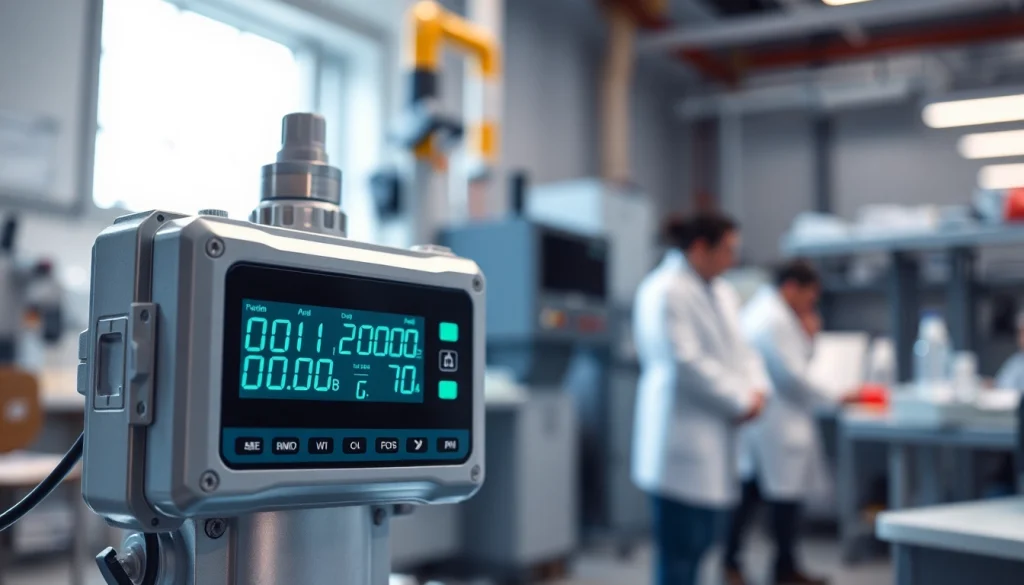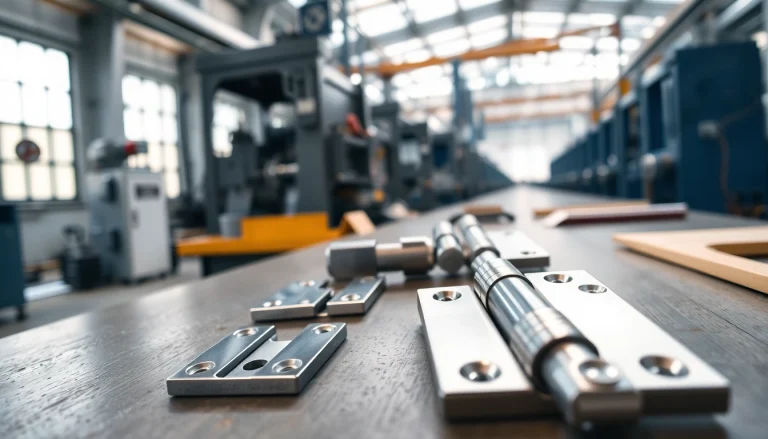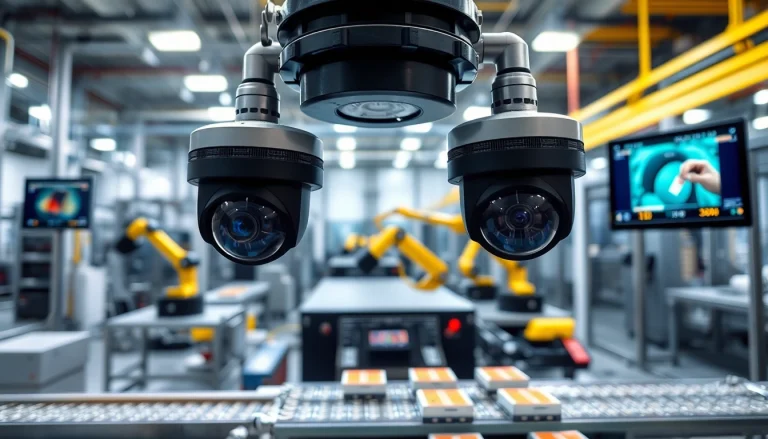
Understanding Sulfur Dioxide Detectors
What is a Sulfur Dioxide Detector?
A sulfur dioxide detector is a device specifically designed to identify the presence of sulfur dioxide (SO2) gas in the environment. This colorless gas, characterized by its pungent odor, is produced from various industrial processes, combustion fuels, and natural phenomena like volcanic eruptions. Therefore, the role of a sulfur dioxide detector is crucial for monitoring air quality and ensuring safety in environments where sulfur dioxide exposure is a risk.
Importance of Detecting Sulfur Dioxide
The detection of sulfur dioxide is vital for several reasons. Firstly, SO2 is a toxic gas that can cause respiratory problems, eye irritation, and other health issues when inhaled in significant quantities. It is particularly hazardous in industrial areas where emissions are frequent. Moreover, sulfur dioxide plays a role in acid rain formation, which can lead to environmental degradation. In such contexts, real-time monitoring enabled by a sulfur dioxide detector can prevent harmful exposures and contribute to regulatory compliance.
How Sulfur Dioxide Detectors Work
Sulfur dioxide detectors operate on various principles depending on their design, but most commonly, they are based on electrochemical sensors or infrared detection methods. Electrochemical sensors measure changes in electrical current produced by a chemical reaction when sulfur dioxide comes into contact with the sensor’s electrodes. Meanwhile, infrared detectors use an infrared light source and a detector to identify sulfur dioxide’s unique absorbance characteristics. Both types of detectors are capable of providing real-time alerts, allowing for swift action in unsafe conditions.
Key Features to Consider
Accuracy and Sensitivity Levels
When selecting a sulfur dioxide detector, accuracy and sensitivity are paramount. Detectors must be able to provide precise measurements of sulfur dioxide concentrations, even at low levels. Sensitivity refers to the detector’s ability to identify small changes in gas concentration. High-quality detectors generally have an accuracy range within ±5% and a sensitivity level that can detect parts per million (ppm), which is crucial for ensuring safety in various environments.
Integration Capabilities with Other Systems
Another key consideration is whether the sulfur dioxide detector can integrate with existing safety and monitoring systems. Advanced models may come equipped with wireless connectivity, allowing them to send data to centralized monitoring systems or alert personnel on their mobile devices. Such integration enhances situational awareness, enabling a quicker response in the event of a gas leak or unsafe condition.
Battery Life and Maintenance Requirements
The operational longevity of a sulfur dioxide detector is heavily influenced by its battery life and maintenance requirements. Users should look for detectors that offer long battery life—ideally, several years of continuous use—without significant drops in performance. Additionally, regular maintenance checks are essential for ensuring the device functions correctly over time. This includes calibrating the sensor and replacing the battery when necessary, which can be outlined in the manufacturer’s guidelines.
Benefits of Using a Sulfur Dioxide Detector
Improving Workplace Safety
Implementing sulfur dioxide detectors in industrial settings drastically improves workplace safety. By providing real-time data on gas concentrations, these devices enable workers to respond swiftly in case of elevated levels, thus preventing potential health hazards. Employers can foster a culture of safety by prioritizing the installation of these detectors in areas where SO2 exposure risks are present.
Compliance with Safety Regulations
Regulatory agencies, such as OSHA (Occupational Safety and Health Administration) in the United States, outline strict guidelines for monitoring toxic gases like sulfur dioxide. Utilizing a sulfur dioxide detector not only aids in adhering to these legal requirements but also minimizes the risk of penalties associated with non-compliance. Regular monitoring can demonstrate due diligence and commitment to maintaining safe environments for workers.
Protecting Public Health
Beyond workplaces, sulfur dioxide detectors serve an essential role in safeguarding public health. In urban areas or regions near industrial sites, monitoring sulfur dioxide levels helps assess air quality. This monitoring can provide data for public health agencies to issue alerts regarding air quality and implement measures to protect residents from harmful exposure to pollution.
Real-world Applications
Industrial Settings
In various industries, such as oil refining, chemical manufacturing, and power generation, sulfur dioxide is commonly produced as a byproduct. To mitigate risks, companies must deploy sulfur dioxide detectors, often in conjunction with other gas monitoring systems. These devices ensure that air quality remains safe for employees and comply with environmental regulations, enhancing sustainability efforts in industrial practices.
Environmental Monitoring
Environmental agencies utilize sulfur dioxide detectors to monitor air quality, particularly in urban centers or regions adjacent to industrial activities. These institutions collect data that help assess pollution’s impact on both ecosystems and human health. Furthermore, long-term data can contribute to climate studies and environmental reform policies aimed at reducing sulfur dioxide emissions.
Emergency Response Situations
In emergencies, such as natural disasters or chemical leaks, having swift detection capabilities is vital. Sulfur dioxide detectors can aid first responders in assessing hazardous conditions, allowing them to make informed decisions during crises. These detectors can also be used during cleanup efforts to ensure that levels of SO2 return to safety thresholds, protecting both responders and the community.
Choosing the Right Model
Top Brands in Sulfur Dioxide Detection
Several manufacturers are renowned for producing high-quality sulfur dioxide detectors. Brands like Honeywell, Dräger, and MSA Safety are often recognized for their reliable and accurate devices. Each brand has its unique features, performance metrics, and price points, catering to different needs and budgets, making it essential for buyers to compare the options carefully.
Comparing Different Models
When comparing different sulfur dioxide detector models, potential buyers should consider factors such as detection range, alarm features, portability, and the operating environment. For instance, portable detectors might be preferred for fieldwork, while fixed systems are better suited for monitoring stationary environments. Reviewing user testimonials and expert reviews can also provide insights into the performance and reliability of different models.
Cost Considerations
Cost is a critical factor when selecting a sulfur dioxide detector. Prices can vary widely based on features, brand, and technology. While it may be tempting to opt for cheaper options, investing in reliable and accurate models is essential for ensuring safety. Additionally, buyers should account for long-term costs, such as upkeep, calibration, and potential repair expenses, to evaluate the total cost of ownership effectively.






